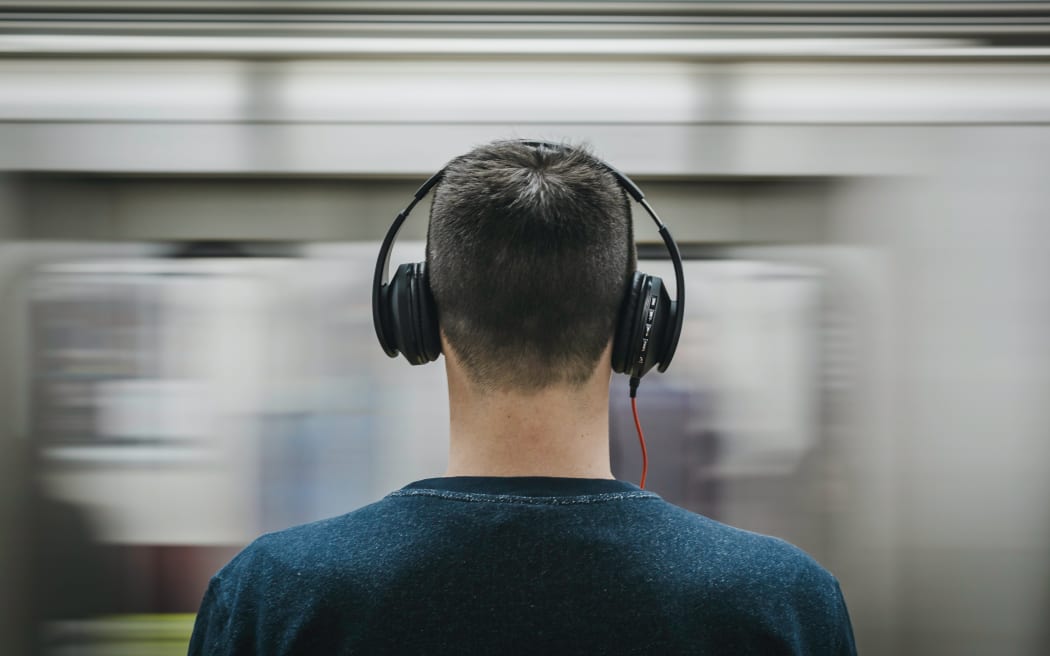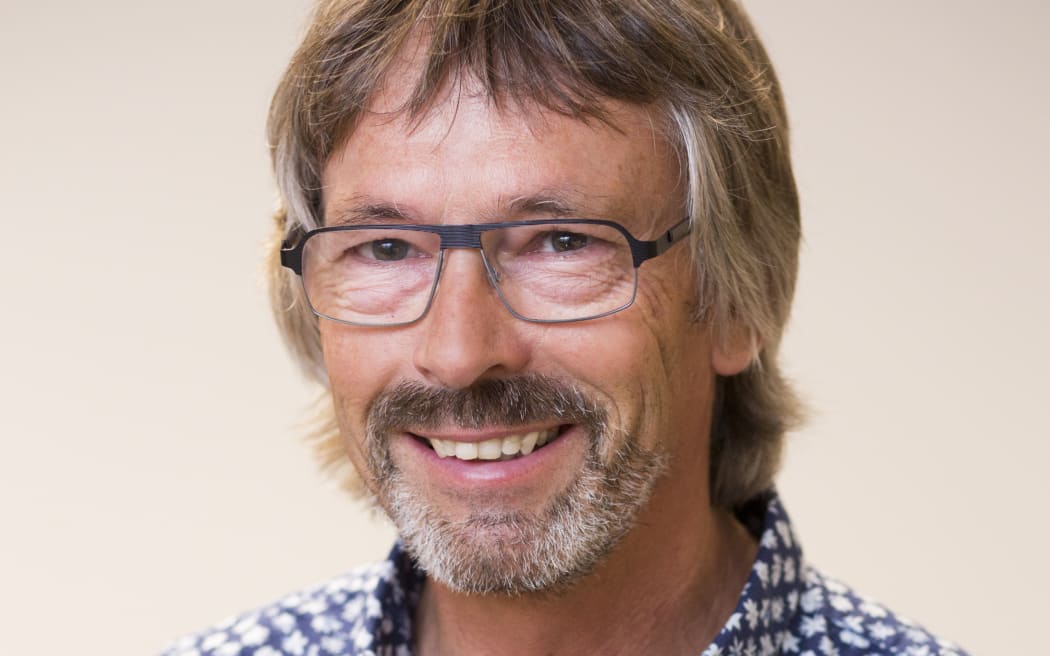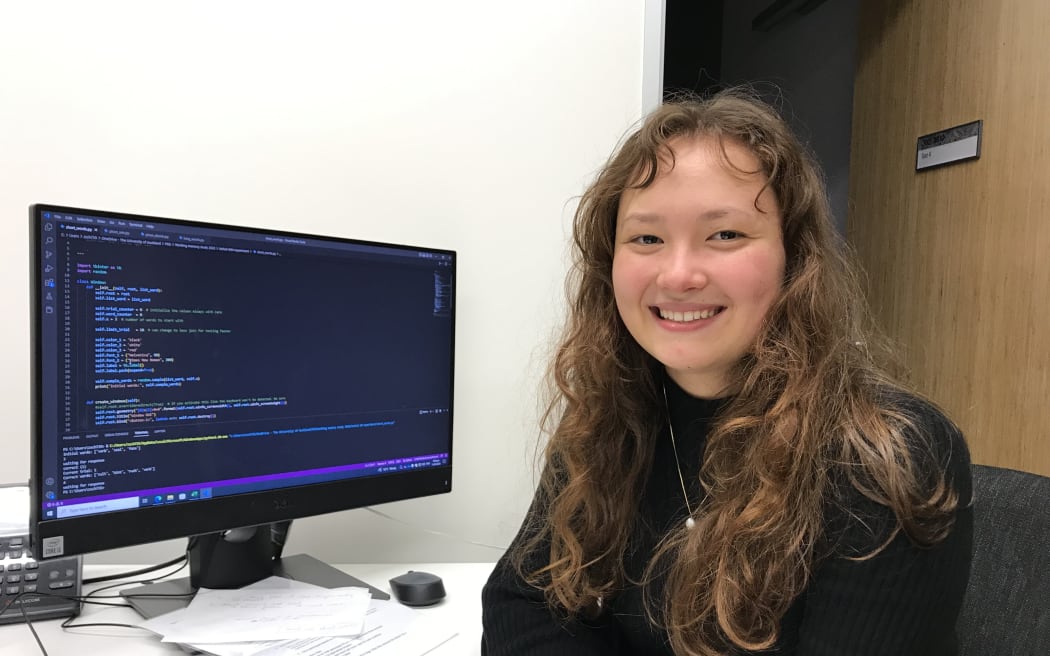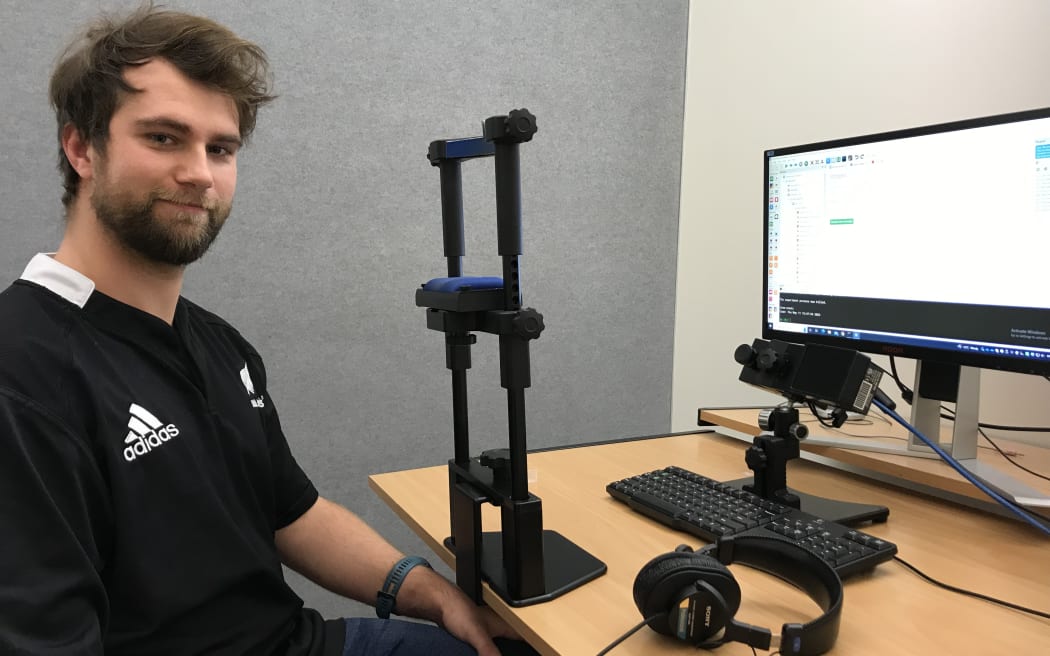If I asked you to play your favourite song in your head, how clear would it be? Would you hear all the different instruments – the tone of them, the timbre? Or would it be just a basic melody, as if played from a distance?
Or is this something you just cannot do at all?

Photo: Burst/Pexels
Follow Our Changing World on Apple Podcasts, Spotify, Stitcher, iHeartRADIO, Google Podcasts, RadioPublic or wherever you listen to your podcasts
Most people, over 99% of us, can imagine sounds in our head – environmental sounds, music and our own voices. Some of us imagine better than others. But there is a small proportion of people, estimated at just less than 1%, who can’t imagine sounds.
This lack of ‘auditory imagery' has recently been given a name by psychologist Professor Tony Lambert, based at the University of Auckland, and his colleague. They call it anauralia.
Tony first became intrigued by the idea after reading about people who lack visual imagery. This phenomenon was called aphantasia by Professor Adam Zeman in 2015, whose work was widely reported.

Professor Tony Lambert Photo: Dean Carruthers
But from Tony’s point of view, while aphantasia was getting its day in the sun, a lack of auditory imagery had gone largely unstudied. So, he decided to change that.
The key questions that Tony and his team now want to answer centre around how anauraliacs (people who experience anauralia) process and store information in the present, create and recall memories, and imagine the future. Previous research has linked these particular functions of the brain to auditory imagery, so what strategies do people lacking imagined sound use instead?

Zoé Schelp Photo: Claire Concannon / RNZ
PhD candidates Zoé Schelp and Gage Quigley-Tump have used results from the New Zealand Attitudes and Values Survey to start investigating. The survey included questions asking about auditory and visual imagery. Zoé recruited some of those who reported experiencing anauralia to her study of working memory. She uses a simple memory test to challenge both anauraliacs and control participants, and then interviews them about the different strategies they employ.
Gage has used the survey data to look for correlations between anauralia and the likelihood that people will end up in certain careers. He is also looking at identifiable physiological differences for those with anauralia. Right now, he is investigating if changes in pupil dilation – triggered when people do and don’t imagine music in their head – might hold the answer.

Gage Quigley-Tump Photo: Claire Concannon / RNZ
Listen to the episode to learn more about the team’s research into anauralia and to hear from Sang Hyun Kim – a mathematics education researcher and musician who experiences anauralia.
The work of Professor Lambert and his team is supported by Marsden Funding for their project Anauralia: The enigma of the silent mind.
To learn more:
-
Visit the anauralia research team’s website to learn more about their work, and read their 2021 paper in which they suggest the term anauralia.
-
Listen to the full Kim Hill interview with Professor Adam Zeman about aphantasia.
-
For more psychology-themed episodes listen to Mind Games, How to behave better towards the environment, and What it takes to live a good life.


